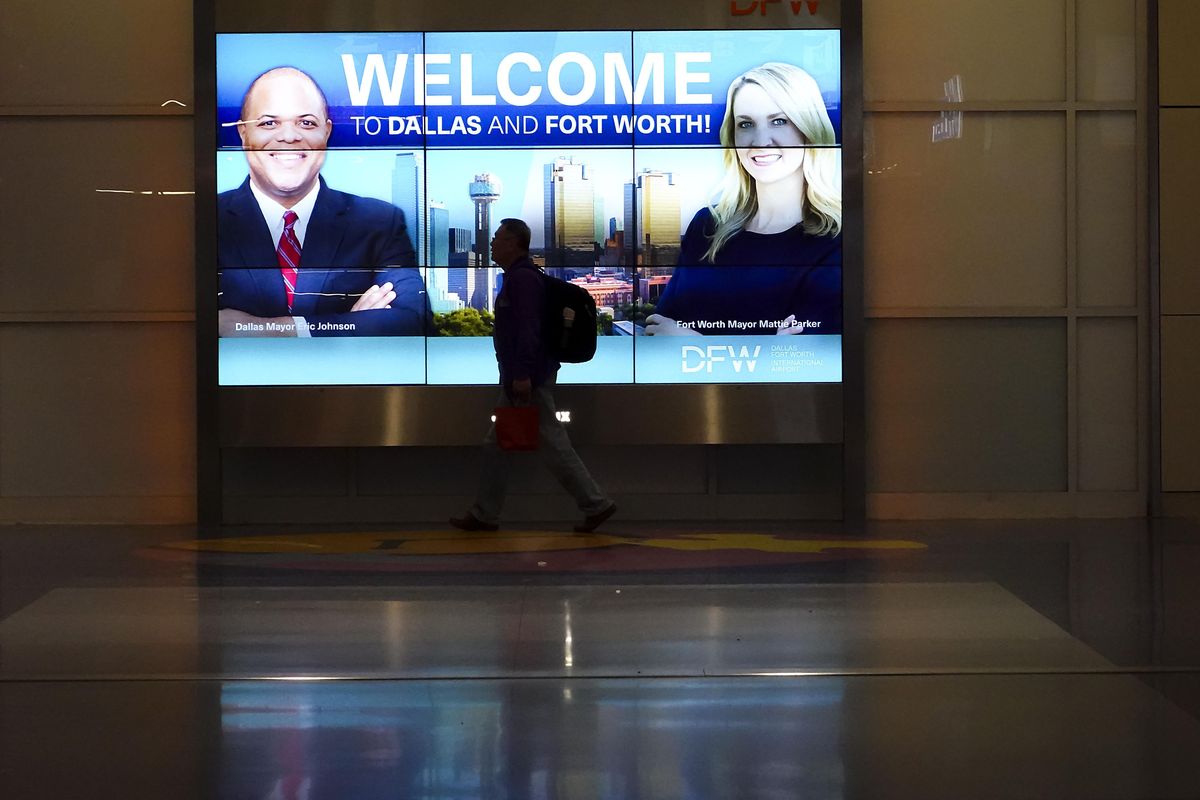After a pandemic, flyers are facing a ‘new normal’ for travel

Travelers who sought vengeance after the pandemic halted plans for over a year have already rescheduled and gone on those trips, but now are looking to venture out to their next destination, according to travel experts.
After two years of travelers making up for lost time during the pandemic, leisure travel has finally reached a “new normal” and travelers are looking to head to new places. The days of revenge travel, or traveling because lockdowns and pandemic restrictions canceled plans back in 2020, are over – at least that’s what travel experts say.
In turn, travelers will see airfares that look similar or even less than what they paid in 2019.
Workplace flexibility enables leisure travel, thus decreasing revenge travel and the ongoing pent-up demand. There’s still a high desire to head out and experience a new place, said Matt Soderberg, U.S. airline practice leader at Deloitte.
“It’s not just, ‘Hey, I want to go book a trip to a hotel,’ ” he said. “They’re also looking for excursions and experiences while on that trip.”
In 2021, half of summer travelers were looking to “escape after lockdowns,” according to Deloitte’s latest travel industry outlook. That continued into 2022 and early 2023, but declined by the 2023 holiday season, as 11% of people said they were making up trips. Yet travel remains hotter than ever looking ahead into the year.
Hayley Berg, senior economist at Hopper said airfares will look a lot like what was available before the pandemic. Internationally, in regions where capacity has come back fully, like Europe, Mexico, Central America, prices will stay the same until there are significant changes. Those changes could be pre-pandemic changes that airlines monitored, increased competition, lower fuel costs, new entrants to the market or an airline expanding service.
“For Europe, depending on where you’re going airfares are a bit elevated in most of the major cities like London, Paris, Rome, Athens, you’ll see airfares that are probably still above 2019 levels, but far down from those incredible highs that we had seen the last couple of years,” Berg said. “Asia remains the exception. … Those are routes, Trans-Pacific, that are still recovering capacity, parts of Asia in particular, so prices remain very inflated there compared to pre-pandemic.”
Demand for international travel remains high, Berg said. Last year, travelers flocked to destinations all over the world, despite higher airfares and hospitality expenses. According to the Bureau of Transportation Statistics, the national average for domestic airfare was $367.79 in the third quarter of last year. For that same quarter of 2019, the average was $345.09.
“Demand remains strong, and we have seen robust bookings to start the year, as travel trends have begun to normalize across entities,” said Robert Isom, CEO of American Airlines in the air carrier’s latest earnings call.
In 2023, American and its regional partners flew almost 2 million flights, with an average load factor of 83.5%, producing a historic “best-ever” fourth quarter and full-year completion factor. The Fort Worth-based airline also reported the lowest number of cancellations annually since the merger with U.S. Airways in 2013. American reported an $822 million profit in 2023 with a record revenue of $53 billion. Southwest Airlines CEO Bob Jordan shared that same sentiment in the Dallas-based air carrier’s latest earnings call, stating the air carrier is pleased with the “core demand” for its product. Southwest reported a 78.2% load factor in its last earnings call.
“We saw close-in performance strengthen in November and December for both leisure and corporate travel,” Jordan told investors. “This led fourth quarter 2023 to be yet another record at just over $6.8 billion in operating revenue, and we are seeing that strength continue into 2024.”
On the flip side, employers have dramatically changed post-pandemic workspaces with remote and hybrid offices here to say, according to Deloitte. Soderberg called it the “laptop luggers” that will take work with them for these vacations or other excursions during the year. According to a report from Gallup, in 2019, 60% of remote-capable employees spent their week working in person. That number fell to 20% in 2023.
All the while, corporate travel continues to rebound, but gains are decelerating, Deloitte reported.
However, U.S. corporate travel spending is likely to surpass pre-pandemic levels within the next year. According to the Global Business Travel Association’s Business Travel Index Outlook report released last summer, spending will speed up to $1.8 trillion by 2027.
Fort Worth-based American remains “very encouraged” by business travel, Isom told investors. Domestic revenues from business travel ended the fourth quarter at 90% of 2019 levels, American reported.
Looking ahead to March, Spring break will be a focal point for air carriers. According to Hopper, 90% of those traveling this spring say price and affordability are top of mind. Berg said 83% of travelers who are taking a spring trip plan to fly to their destination. This year, airfare for vacations in March and April is averaging $256 per round-trip domestic ticket, down 2% from this time last year and 11% lower than 2019 prices.
Soderberg said this year will depend on “how economics play out” – if travelers can even afford to make big trips.
Domestic travel is back to pre-pandemic levels, and slightly below in some cases.
“I do think there’s a bit of a new normal and I think the data is starting to show what that new normal will look like,” Soderberg said.